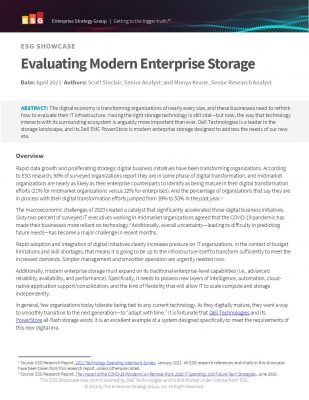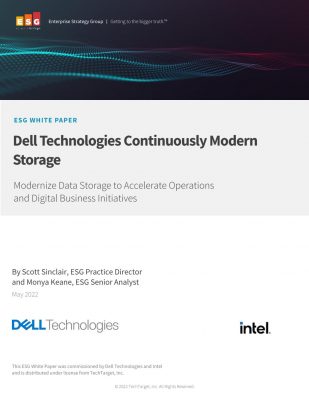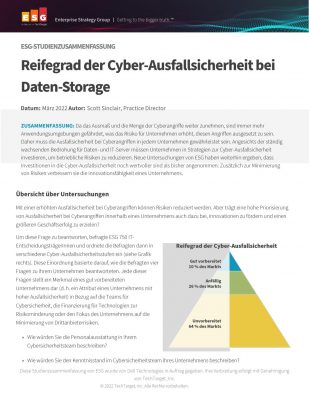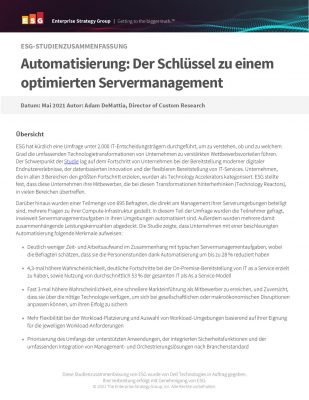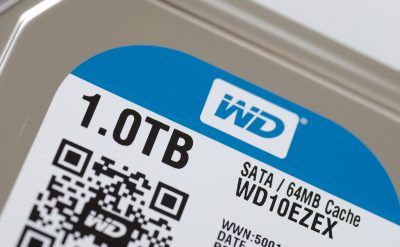Kaleao, the UK chip designer, has re-launched Bamboo Systems with claims that their Arm-based server chip will have a better architecture and will be more power-efficient.
Bamboo, with its Series funding, is targeting x86 servers that have almost 95% market share, rather than ThunderX2 and eMAG Arm processors that belong to Bamboo’s competitors Marvell and Ampere Systems, respectively.
Even though Bamboo’s motherboard changed, but the software layers and CPU, the server design of which is Samsung Arm Cortex-A57, remains the same. The motherboard architecture is still at a prototype stage. Even though essentially they have discarded the traditional motherboard design, the CEO and Co-Founder of Kaleao (now Bamboo) said that the software would run unchanged and fully compatible with Linux and Arm-based apps.
Goodacre, who has also been a 17-year-old veteran of Arm and a proficient researcher at the University of Manchester on exascale research projects, believes that increasing a greater number of cores in a die workstation designed system won’t be the most power-efficient way to scale-out power-efficient servers.
What was noticed was the motherboard, and all of its ports, such as USB and I/O, were the reason behind power wastage on the motherboard resources. Therefore, Bamboo redesigned the entire motherboard where I/O and memory are pooled, so the doubling of processor will not require the doubling of motherboards. This means there will be a shared infrastructure with pooling with non-CPU resources to scale up storage.
The result, as claimed by Bamboo, is that they can deliver the same amount of web traffic but in 10 times less server space 5x less energy. Bamboo is yet to announce the intricate details by the end of January.



